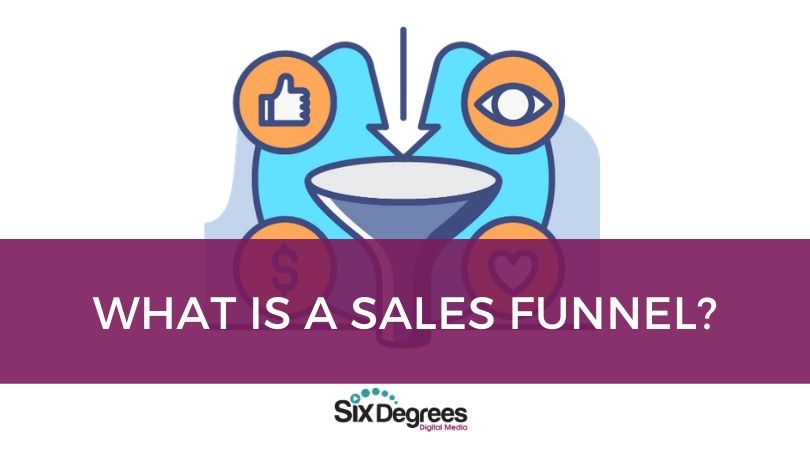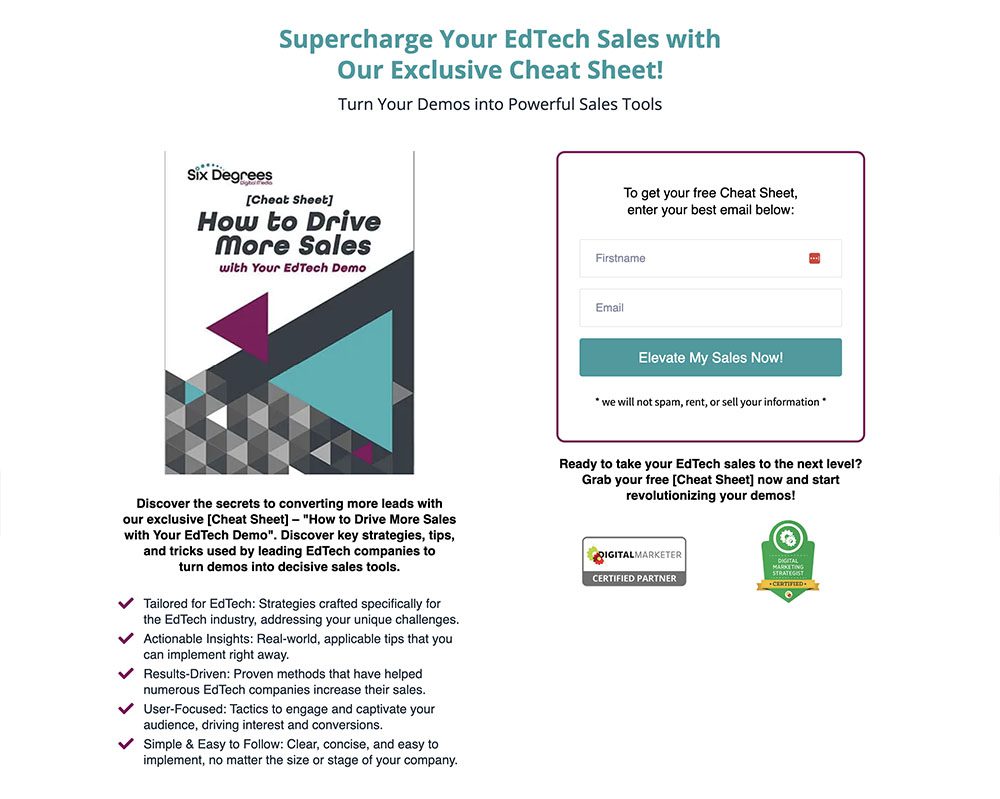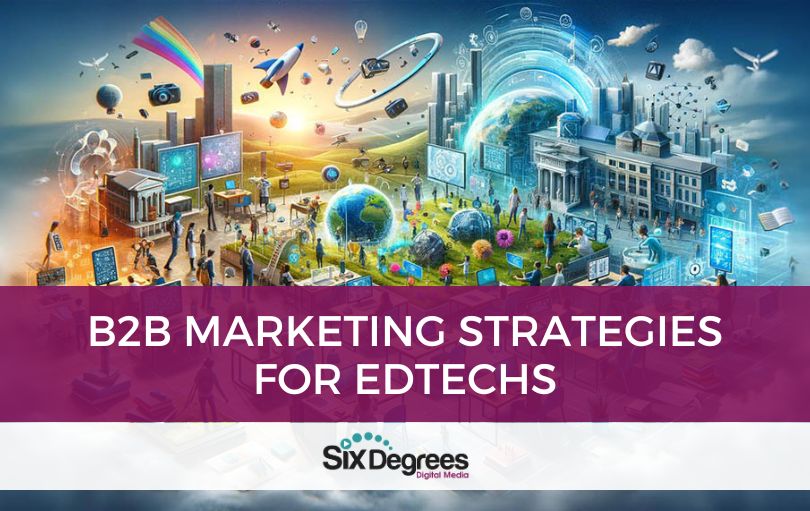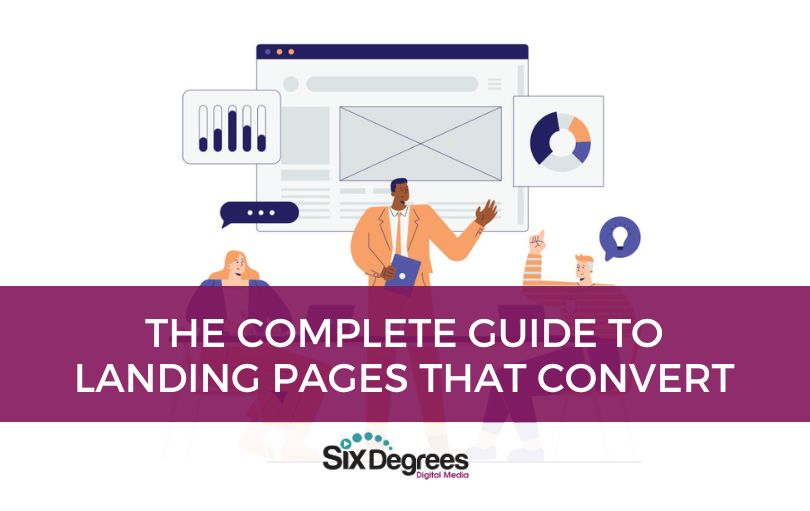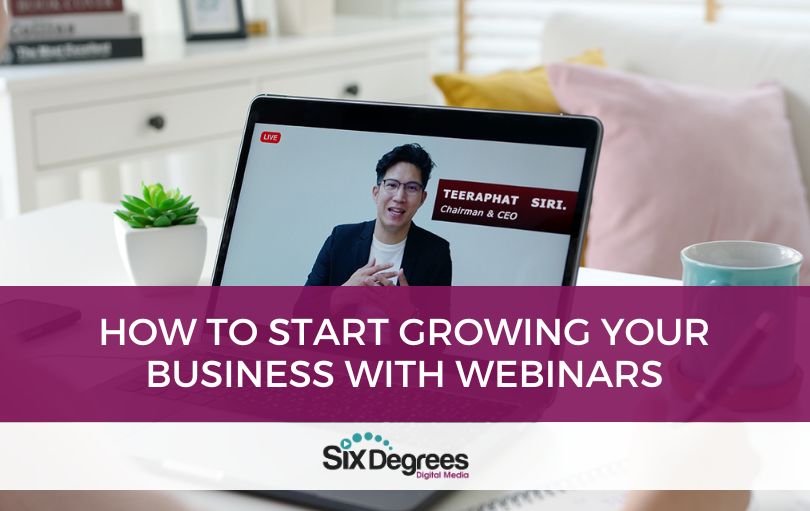Sales funnel are often misunderstood, but they needn’t be. Here’s a quick primer on what they are and how they work.
Imagine a real funnel, the sort that you pour liquid into. It takes a large volume and focuses it down into a much smaller opening. And the funneling happens automatically. You don’t need to do anything else once you’ve poured in the liquid. The funnel takes care of getting the liquid out the other end.
Sales funnels do the same thing. They take a large number of prospects and automatically push them through a process that converts a certain percentage of them into sales.
They’re built with human psychology in mind. It’s known that people need time to understand a product or service and feel comfortable with it before they’re ready to buy.
You can’t expect someone to visit your website after seeing an ad once and immediately purchase. But doing the necessary follow-up manually is time-consuming. Instead, you build a sales funnel, which is just an automated process that slowly acclimates your prospect and eventually brings them around to the sale.
There are a number of different types of funnels. We’ll describe some of the more common forms later in this article. Despite their differences, all funnels are built using the same basic format.
First, they build awareness. Then they turn that awareness into interest. And once the prospect is sufficiently interested, they motivate a purchase decision. Are they a license to print money? They can be. But you have to find the right funnel for your purposes.
Opt-In Funnel
Also called “lead magnets” or “free offer” funnels, this is a classic design.
Traffic is driven to a landing page designed to introduce your offer as well as entice the visitor to part with their contact information.
This can be done by offering something of value for free, like an eBook, a checklist, or some useful bit of information that’s tied to your offerings. Whatever you choose, the goal is to get your prospect’s name and email address.
Your initial landing page doesn’t need a big sales pitch, just a clever title and some basic info. Bullet points are fine.
Your real goal is to get your prospect to opt into your funnel in exchange for perceived value. When they send submit their information, they’re presented with a thank you page.
Once they’re in your funnel the automation will begin sending them emails intended to nurture the lead. There’s quite a bit of storytelling involved at this stage. Over days or weeks, your automated emails will attempt to convince them that your product or service is the solution they’ve been looking for.
At certain stages, your automation will slip in offers. If you play your cards right, your emails will warm them to your product or service, and eventually, they’ll follow a link and make a purchase.
Here’s an example:
Webinar Funnel
A webinar funnel is similar to an op-in funnel, in that the prospect is given something of value, but the approach is slightly different.
The value provided is the webinar. When a prospect signs up they’re presented with a thank you page as before. The difference comes in with the email automation messaging.
A number of pre-webinar emails are sent, intended to get the prospect excited for the event and make certain they attend. They combine light promotion with an event reminder.
After the webinar, email messaging switches to sales. They’ll include a link to the webinar replay for anyone that missed it, as well as a link to a sales page. If the webinar did its job, your prospect should be primed to accept the sales messaging in the post-webinar emails.
Multi-Page Funnel
This is generally a standard funnel with a more nuanced offer at the end. Instead of leaping directly from the free gift to the paid offer, a multi-page funnel steps the prospect into a larger purchase. This approach can be good for expensive price tags that might scare people away.
After the prospect opts in for their free gift, they get an invitation for a low-cost offer. They may take that deal right away or not. If not, they get put into an email series that invites them to check it out again.
But this isn’t the final offer. It’s a taste of the value they’ll receive, with a lower price tag. The cheaper cost makes the initial purchase decision easier to stomach.
If they say yes to this offer then they’re moved into the next section of the funnel, where they receive the final, full-price offer. Having already said yes, and having seen the value available, they’re now more likely to say yes again.
Depending on the product, service, price tag, and cost expectations your prospects come into the funnel with, they may be more likely to purchase with a multi-page funnel vs. a standard.
Challenge Funnel
Challenge funnels are a great option for higher-ticket items because they get your prospect actively involved in some element of your offer.
Instead of being presented with free content, this funnel presents prospects with a challenge, and a goal they can reach by sticking through the process.
For example, a company that sells an online therapy service might create a “10-day Happiness Challenge”. It’s important to set a specific time window for the challenge as well as a finish line. In this case, once the person signs up, they’ll receive a new assignment each day, the goal of which is to find their happy place.
Challenge funnels work because they get your prospect using your service before they purchase. And the competitive element keeps them committed. At the end of the challenge, they’re presented with an opportunity to purchase.
Most challenges are free but there are some paid-for challenges as well.
Product Launch Funnel
This last funnel operates on the exclusivity principle — the idea that people are more likely to buy something when they feel like they’ve been given special, insider access.
The funnel starts with a pitch surrounding a new product launch. Prospects are sent to a page to sign up for a series of information. This is typically released over the course of 4-7 days.
Once they’re in the funnel they’re sent a series of web videos extolling the benefits that tie into what the offer will be at the end of the series. The videos tell a story about the topic to raise awareness and excitement. At the end of the series, viewers are presented with the offer and are also sent an email with the offer, for several days until the “cart closes”.
The product launch funnel generally has a community associated with it (typically a private FB Group to go along with some sort of membership site or course with training). This creates an “insider’s club” feeling which takes advantage of people’s desire to be a part of a group.
There are other funnel types as well, including different permutations on the forms we’ve talked about. If you’re interested in learning more about what funnels can do for you, or if you need help setting one up, contact us today. We have funnels for every purpose and a purpose for every funnel.
And in case you need help forcing liquid through a tiny opening, we have regular funnels as well. We try to be prepared for everything.

